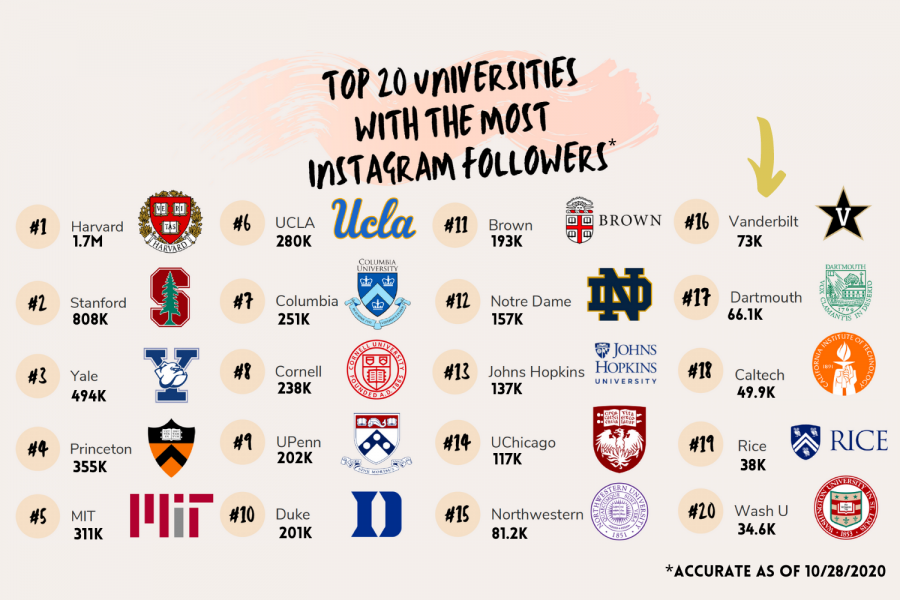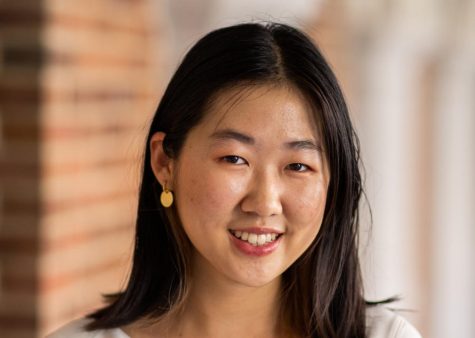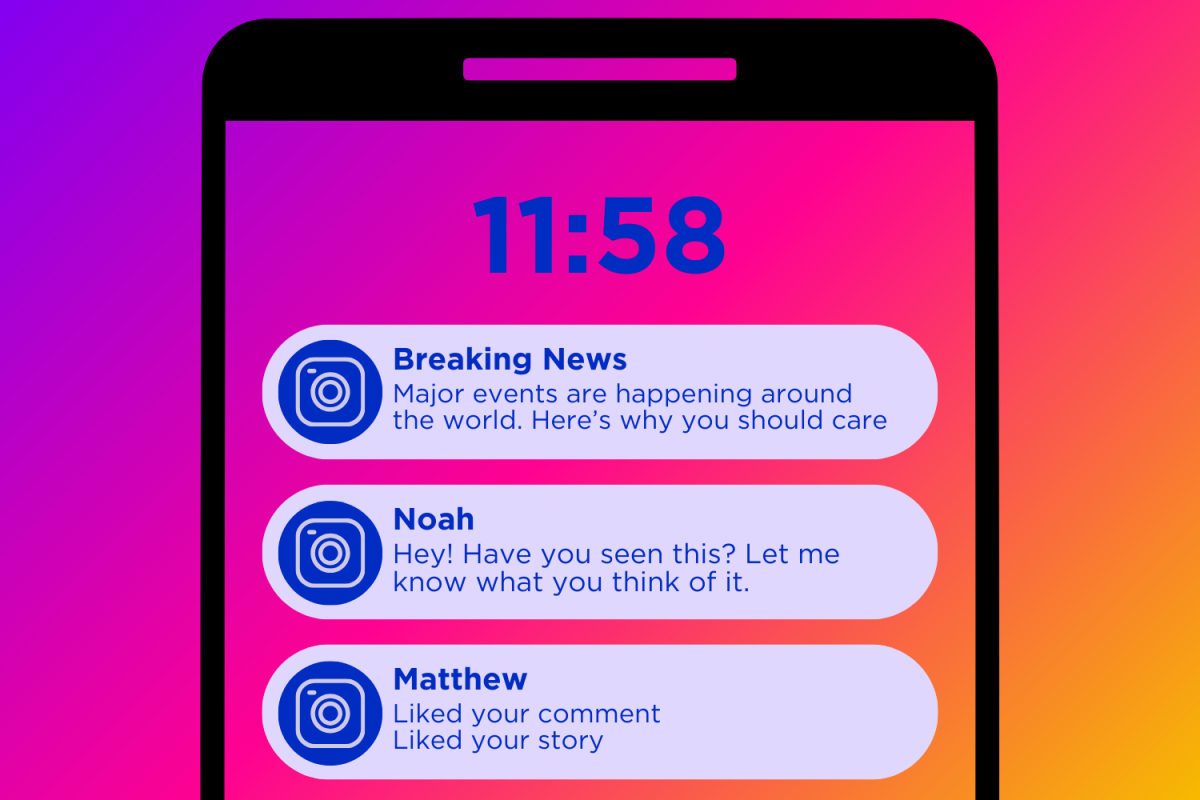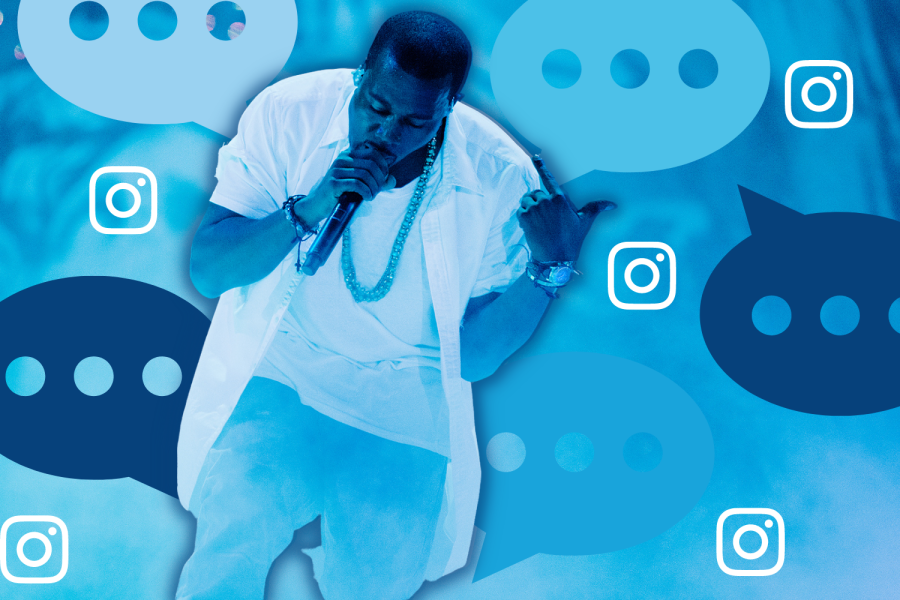Vanderbilt’s Instagram page has the fifth-lowest number of followers in comparison to the top 20 universities in the U.S. News and World Report’s 2021 collegiate rankings.
“The university has 418,200 followers across its main channels, which do not include its alumni relations, athletics or school channels,” Director of Social Media at Vanderbilt Beth Fox said.
UniRank is a website that ranks many aspects of universities worldwide including Instagram, Twitter and Facebook followers. It compiles a list of top 200 universities from around the world based on their current numerical value. On its Instagram ranking page, which uses data extracted in April 2020, Vanderbilt is ranked 143 among universities from around the world that maintain an Instagram account.
Among other top 20 colleges, Vanderbilt comes in 16th place with just over 73.1k followers at the time of publication. This number places Vanderbilt ahead of Dartmouth, Caltech, Rice and Washington University in St. Louis.
With the exception of Dartmouth, all other schools in the Ivy League have more than 100k followers on Instagram. Harvard, with 1.7 million followers on Instagram, leads in social media rankings, with other well-known Ivy League schools such as Yale and Princeton not far behind at 494k and 355k, respectively.
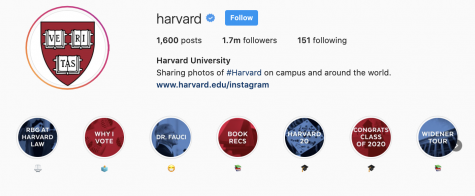
Vanderbilt has over 13,000 undergraduate and graduate students, over 136,000 living alumni around the world and employs over 9,000 faculty and staff members. The number of Vanderbilt Instagram followers is around half of the sum of those numbers.
To understand Vanderbilt’s current ranking in terms of Instagram followers, The Hustler reached out to the Director of Social Media Strategy at Vanderbilt, Beth Fox, for some insights on how the Instagram account is managed.
Per Fox, a strategy that the social media team uses to maintain Vanderbilt’s social media presence is data-driven analysis.
“We also take a data-driven approach to our social media posting,” Fox said. “We frequently review analytics and use the metrics to help guide our decision-making. When a post performs well, we want to know that—and we want to understand why.”
According to Fox, the main goal of Vanderbilt’s social media is to establish a community among students, faculty, parents, and anyone interested in Vanderbilt. The social media team also aims to foster a sense of pride for the works going on at the university.
“So whether it’s a parent checking in on Facebook, or alumni reconnecting on LinkedIn, or a student scrolling through Instagram or a sports fan getting the latest information on Twitter, we want them all to feel connected to the university, to each other and to the larger mission and values of the university,” Fox said.
Vanderbilt’s social media team posts a range of photos on it Instagram, from infographics to COVID-19 posters, campus life and information about voting.
“We include a variety of news you can use, health and safety information, athletics videos and photos, alumni news, major research breakthroughs, faculty news, contests, videos of student activities like first-years painting a mural in Towers and squirrels. We also want to hear from our followers, and encourage them to share their own content using #vandygram,” Fox said.
The brand aesthetic is more varied in comparison to popular college Instagram pages and lacks a people on campus-centric theme, something other feeds seem to carry consistently throughout.
Furthermore, Vanderbilt, utilizes one main hashtag #vandygram, as the one source of all Vanderbilt media, While the themed hashtag of #anchordownstepup is often used, Vanderbilt lacks frequent usage themed hashtags in comparison to other schools. It also lacks a distinct color palette in comparison to other schools as well.
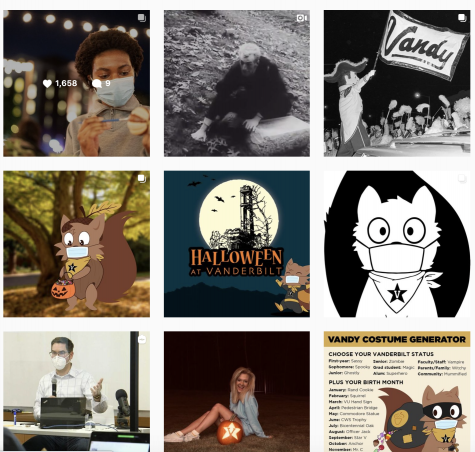
Compared to Vanderbilt, Stanford’s Instagram feed, which is currently ranked second in terms of the number of followers, is mainly people-centric as well as campus landscape photos scattered throughout. They also utilize hashtags centered around certain themes such as #StanfordatHome to tie different posts thematically. More specifically, the people are seen with a campus background, creating a consistent theme of people on campus.
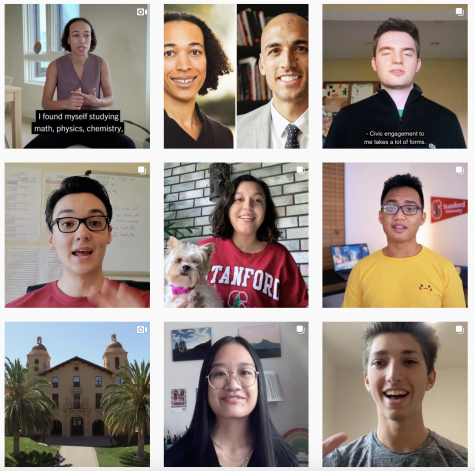
Assistant Vice President in Digital Strategy at Stanford, John Stafford, offered some insight on how Stanford operates its social media.
“We manage Stanford’s social networking profiles in support of the university’s teaching and research mission. In general, our approach has been to post on these channels selectively, with an emphasis on high-quality content that directly speaks to Stanford’s impact in a variety of areas, including its research enterprise, institutional affordability, and its optimistic spirit to accelerate purposeful impact in the world,” Stafford said. “This straightforward, goal-oriented approach has allowed the digital strategy team to drive significant and sustained growth across all institutional social channels.”
For Harvard’s Instagram, in the past year, graphics are nonexistent, with more of an emphasis on campus photos, both with and without people in these photos. Furthermore, seasonally themed hashtags are a popping recurrence, with #HarvardinAutumn prominently featured in many recent photos.
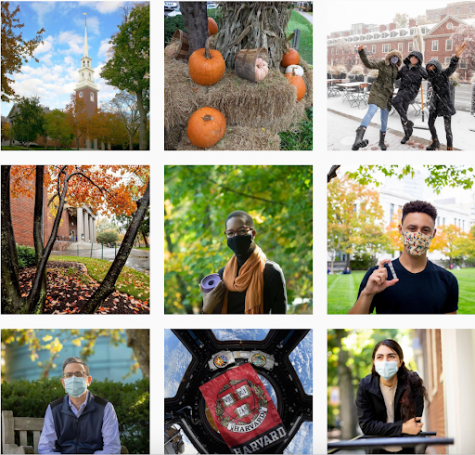
Dartmouth, the only member from the Ivy League that ranks lower than Vanderbilt in Instagram followers, also utilizes specific hashtags for certain themes within their posts, as well as people and campus life-centric photos, with a green, pastoral color scheme that represents Dartmouth.
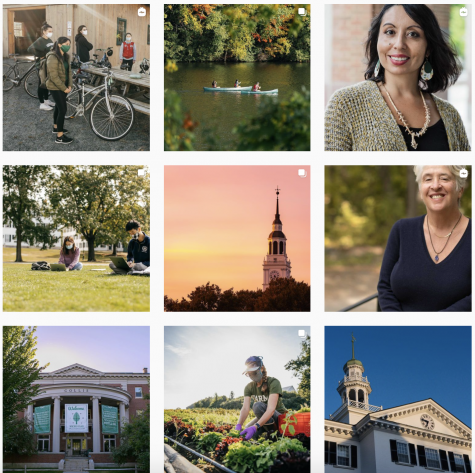
In conclusion, these universities follow similar patterns in posting content with some variations on their focus and the method to present the information. All of these universities have a short phrase that ties back to the university’s name they use along with their posts.
In terms of follower engagement, according to Socialblade, an online social media tracking page, Vanderbilt has a higher percentage of engagement of 2.47 percent, outnumbering Harvard, Stanford, Yale, MIT and Princeton with 1.88 percent, 1.84 percent, 2.01 percent, 1.39 percent and 1.05 percent respectively.
Given the numbers, engagement within the Vanderbilt circle is much higher, however, the numbers outside of engagement trail behind in respect to these schools. Overall, Vanderbilt is rated a B- while the schools are either rated B or B+.
Despite Vanderbilt’s current ranking and rating in social media, social media is nevertheless an important tool for the university.
“It’s important to meet our students where they are, and social media, specifically Instagram, is where they spend their time,” Fox said. “They might not visit a specific website every day, but they check their Instagram several times a day, so it’s imperative to have a presence there.”
First-year Morgan Butts also believes social media is an important tool for prospective students.
“I think having social media is important for colleges because it’s another way for people outside the schools (like prospective students for example) to get a feel for the school,” Butts said in a message to The Hustler. “It’s a way to see what things are important to the school.”
Butts, who was recently featured on Vanderbilt’s Instagram page for the publication of her book “Raeth Thower and the Four Princes”, expressed her gratitude for being featured regardless of the number of followers of Vanderbilt’s Instagram account.
“I feel very honored to be featured on Vandy social media,” Butts said. “I never really thought about how many followers they have or anything like that, and for me hearing that they don’t have as many as other schools doesn’t really bother me or change the way I feel.”
In the COVID-19 era, Vanderbilt social media remains an important way to connect remote students to what’s happening on campus. First-year Riddhi Singhania, who was featured as a remote student on Vanderbilt’s Instagram page, stated that social media has been a useful tool to stay updated on campus events and news.
She also spoke about the importance of utilizing social media as a non-intimidating and easy way of gaining exposure to the current ongoings of campus.
“Social media is used more casually and frequently, making it easier to access for many students,” Singhania said.
Singhania is a columnist for The Hustler.
When asked about comparing Vanderbilt’s social media to other universities, the Social Media Team replied that it is difficult to do that since different schools have different strategies and goals.
“Every university has a strategy that is specific to their larger goals. At Vanderbilt, we want anyone who is scrolling through their social media and sees the Vanderbilt logo to stop and read our post – and to feel a sense of pride in the work that is going on at the university,” Fox said.
Finally, when asked about the future of Vanderbilt’s social media presence, Fox said that it aims to display more facades of Vanderbilt to the world.
“Vanderbilt is creating and deploying the ideas, knowledge and leaders that drive positive change in the world, and the university’s social media channels are just one outlet we have to showcase that,” Fox said.

